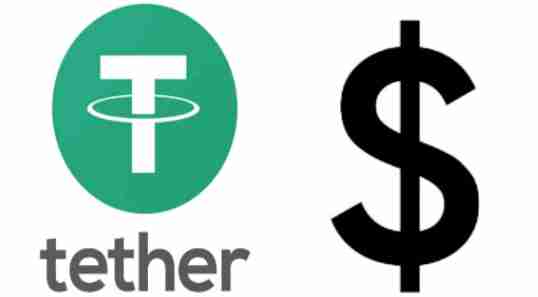BTC (Bitcoin) and USDT (Tether) are two prominent digital currencies used in the cryptocurrency ecosystem. While both serve as mediums of exchange, there are significant differences between BTC and USDT in terms of their underlying technology, value stability, purpose, and usage. In this article, we will explore the key differences between BTC and USDT, providing important insights into these digital currencies.
BTC (Bitcoin)
BTC, commonly known as Bitcoin, is the first and most well-known cryptocurrency. It was introduced in 2009 by an anonymous person or group of people using the pseudonym Satoshi Nakamoto. Bitcoin operates on a decentralized technology called blockchain, which is a distributed ledger that records all transactions in a transparent and secure manner.
Bitcoin is designed to be a decentralized digital currency, meaning it is not controlled by any central authority or government. It operates on a peer-to-peer network, allowing users to transact directly without the need for intermediaries. Bitcoin’s supply is limited to 21 million coins, making it a deflationary currency.
The value of Bitcoin is determined by supply and demand factors in the market. It is known for its price volatility, which has contributed to its reputation as a speculative investment. Bitcoin has gained widespread acceptance and is used for various purposes, including online purchases, investments, and remittances.
USDT (Tether)
USDT, commonly known as Tether, is a type of cryptocurrency called a stablecoin. It was introduced in 2014 with the goal of providing stability in the volatile cryptocurrency market. USDT is issued by Tether Limited, a company that claims to back each token with an equivalent reserve of traditional fiat currency, primarily the US dollar.
USDT is designed to maintain a stable value by pegging its price to a fiat currency, typically the US dollar, at a 1:1 ratio. This stability is achieved through mechanisms such as regular audits and maintaining reserves equivalent to the issued USDT tokens. USDT operates on blockchain technology, primarily the Ethereum and Tron networks.
The primary purpose of USDT is to provide a stable medium of exchange within the cryptocurrency ecosystem. It allows users to hold and transact in a digital currency with a value that is expected to remain relatively constant. USDT is widely used for trading purposes, as it provides a means to hedge against the price volatility of other cryptocurrencies.
Differences and Advantages
1. Technology: BTC operates on its own blockchain technology, which is decentralized and secured by a network of miners. USDT, on the other hand, operates on existing blockchain platforms like Ethereum and Tron.
2. Value Stability: BTC is known for its price volatility, with its value subject to significant fluctuations. USDT, as a stablecoin, aims to maintain a stable value by pegging it to a fiat currency. This stability makes USDT more suitable for transactions and store of value purposes.
3. Purpose: BTC is primarily considered a digital currency and an alternative to traditional fiat currencies. It is used for transactions, investments, and as a speculative asset. USDT, being a stablecoin, is primarily used for trading purposes within the cryptocurrency ecosystem, providing a stable medium of exchange.
4. Regulation: BTC operates in a relatively unregulated environment, as it is decentralized and not under the control of any central authority. USDT, although a cryptocurrency, is subject to regulatory oversight and operates within a more centralized framework.
5. Supply and Issuance: BTC has a limited supply of 21 million coins, with a predetermined issuance schedule. New BTC coins are created through a process called mining. USDT, on the other hand, can be minted or burned by Tether Limited based on demand and market conditions. The issuance and supply of USDT are controlled by the company.
Conclusion
In conclusion, BTC and USDT are two distinct digital currencies with unique characteristics and purposes. BTC operates on a decentralized blockchain, known for its price volatility, while USDT is a stablecoin designed to maintain a stable value by pegging it to a fiat currency. BTC is widely used as a digital currency and investment asset, while USDT primarily serves as a stable medium of exchange within the cryptocurrency ecosystem. Understanding the differences between BTC and USDT is essential for individuals and businesses looking to navigate the cryptocurrency landscape effectively.
Further Reading
For more detailed information on BTC and USDT, you can refer to the following resources:
– Bitcoin – Wikipedia
– Tether (cryptocurrency) – Wikipedia
These resources provide further insights into the features, functionalities, and comparisons between BTC and USDT.

















